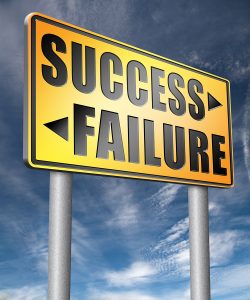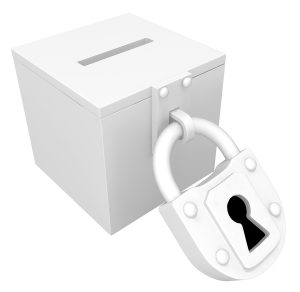
The Coronavirus has made many organizations take a hard look at how and if they should proceed with events in the coming months. Decisions made in response to this virus should be informed by security and contingency best practices and should serve to inform planners in the future.
Best practices include:
- Hygiene - Have antibacterial sanitizers available throughout your event venue. Ensure that bathrooms are stocked with anti-bacterial soap. Confirm with caterers how they stock buffets to reduce the risk of people grabbing for food with hands instead of utensils.
- Have a Plan B - Consider how you can take the show virtual if needed. Look into virtual event and webcast technologies in advance of an issue arising to provide an alternate option should an event have to be canceled or postponed.
- Review Contracts - Look carefully at cancellation clauses so you understand what falls into each vendor's (including insurance provider's) definition of "force majeure." This ensures that you fully understand the reimbursement policies when making cancellation decisions.
- Plug into the Community - Tune in to what is happening in the city/community where you are holding the event. It's critical to know what is going on in the community so you can plan accordingly. For example, if there has there been a rash of recent protests or a spike in crime, you may want to increase security at your venue. In the case of a public health issue, you'll know what is actually happening on the ground in terms of infections and general reactions so you can inform attendees and plan accordingly.
We've been in touch with many of our partners and have pulled together this list of events that have been canceled, postponed or rescheduled due to health concerns.
We'd love to hear from you. How have precautions around the Coronavirus impacted your event planning? Share your stories in the comments. For more government events worldwide, visit GovEvents.





 Implementations and pilots of blockchain
Implementations and pilots of blockchain 
